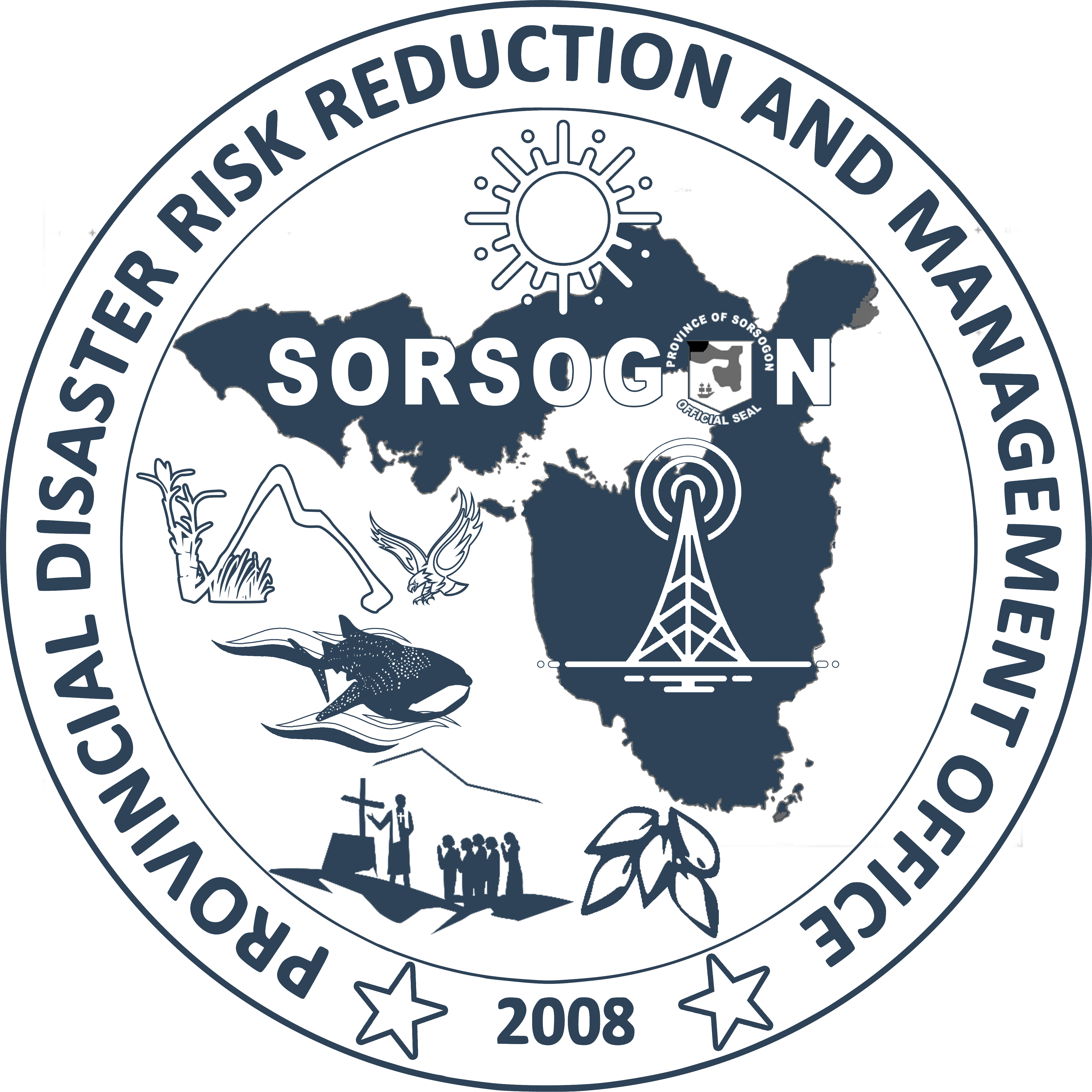Volcanic and geological terms encompass a range of concepts integral to understanding Earth’s dynamic processes. Volcanic terms include “magma,” the molten rock beneath the Earth’s surface, and “lava,” the magma that reaches the surface during an eruption. “Pyroclastic flows” are fast-moving currents of hot gas and volcanic matter. Geological terms involve the Earth’s structure and composition, such as “plate tectonics,” the movement of Earth’s lithospheric plates, and “faults,” fractures in the Earth’s crust. “Seismic activity” refers to the vibrations caused by movements in the Earth’s crust, often leading to earthquakes. Comprehending these terms is crucial for studying and mitigating the natural hazards associated with volcanic and geological processes, from eruptions to seismic events.
Volcanic and Geological Terms
Volcanic terms like “magma” and “lava” relate to molten rock and surface eruptions, while “pyroclastic flows” denote explosive volcanic currents. Geological terms include “plate tectonics” for crustal movements and “faults” for crustal fractures. Understanding these terms is vital for studying and addressing natural hazards like volcanic eruptions and seismic activities.















